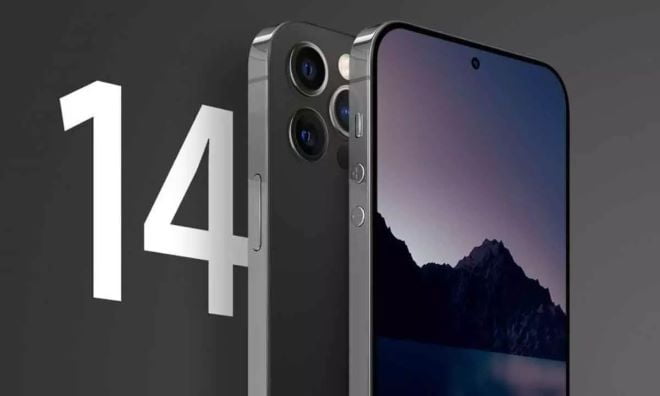
 Apple has warned customers to expect delays on iPhone shipments due to COVID-19 restrictions at a manufacturing factory in China.
Apple has warned customers to expect delays on iPhone shipments due to COVID-19 restrictions at a manufacturing factory in China.Apple manufacturing partner Foxconn’s iPhone plant in Zhengzhou, China, is operating under restrictions, temporarily impacting the primary iPhone 14 Pro and iPhone 14 Pro Max assembly facility.
Recently there were reports that workers at the iPhone assembly factory in China ran away from the premises after a spurt of COVID-19 cases forced a complete lockdown at the factory.
Foxconn, which is a supplier to U.S.-based Apple, has many workers at its Zhengzhou complex and has not provided an official count of how many are infected by COVID-19.
Apple stated that it is working closely with the supplier to return to normal production levels while ensuring the health and safety of every worker.
According to a Patrick Holland review on CNET website, from the back, the iPhone 14 Pro looks identical to last year’s 13 Pro. But don’t let that sameness fool you. It’s the 14 Pro’s screen where there’s something different and wonderful going on. The display notch, that defined previous Face ID iPhone models, has morphed into a pill-shaped screen cutout that can show system alerts and background activities like when you receive a call or play music. Apple calls this functionality the Dynamic Island. I know, it’s not the best name, but it’s truly one of the best features.The iPhone 14 Pro has a 6.1-inch adaptive-refresh-rate screen that adjusts between 1 and 120Hz depending on what’s on the screen. It also gets upgraded cameras, a faster processor, an always-on display, iOS 16 and new safety features like Crash Detection and Emergency SOS via Satellite. Driving all these upgrades is Apple’s new A16 Bionic chip, which in use feels peppy.
The main camera gets a new larger 48-megapixel sensor. While more megapixels doesn’t necessarily mean better photos, Apple divides the pixels into groups of four and combines them into one larger pixel. The result is a 12-megapixel photo that’s brighter and has less image noise and better detail.
(dpa/NAN)






















